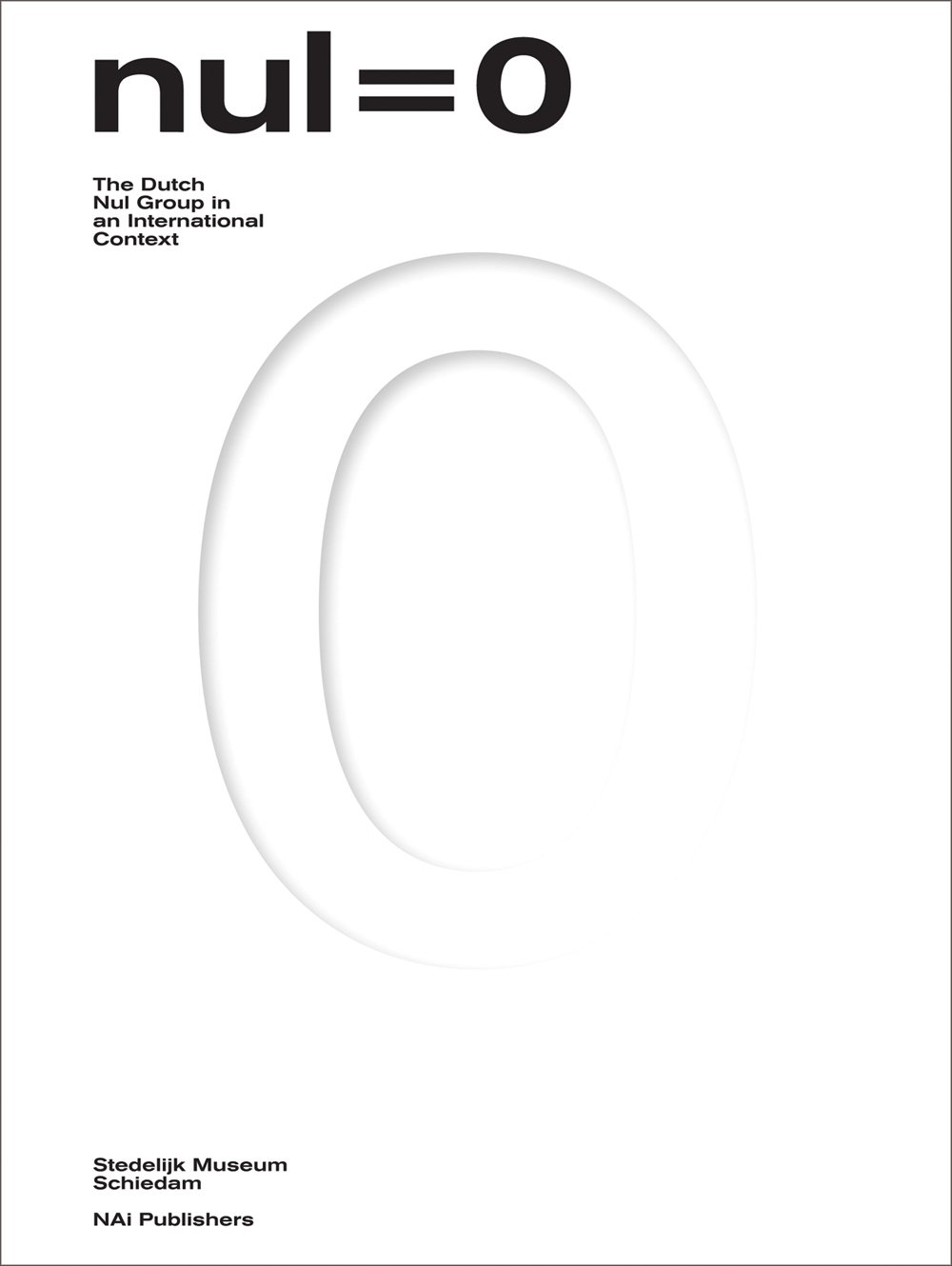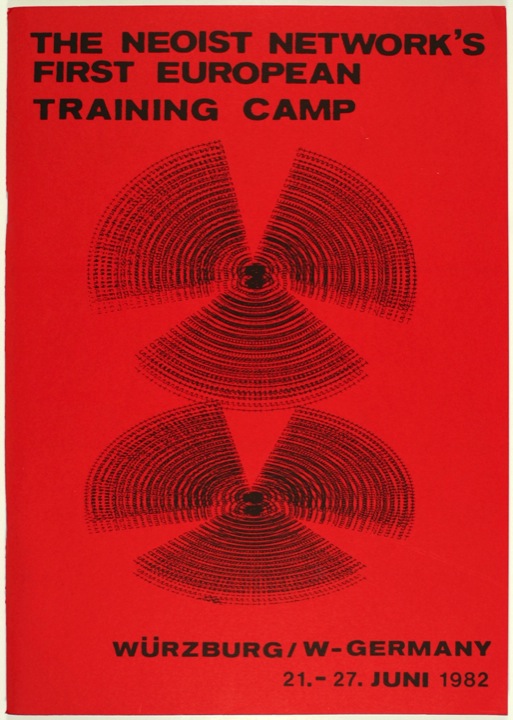nul = 0: The Dutch Nul Group in an International Context (2011)
Filed under catalogue | Tags: · art, art history, avant-garde, environment, gutai, kinetic art, nouveau realisme, sculpture, zero

“The legendary art collective Nul was founded in Amsterdam in 1961. Its members–Armando, Jan Henderikse, Henk Peeters, Jan Schoonhoven and (briefly) herman de vries–revolutionized Dutch art, allying themselves with the German Zero group, the French Nouveau Réalistes and the Japanese Gutai group, as well as with artists such as Yves Klein and Lucio Fontana. Alongside these groups, Nul set the tone for the climate of the European avant-garde in the 1960s. The group collaborated on manifestos, happenings and publications, and individually produced serial, minimalist sculptures, installations and assemblages, which they exhibited collectively. Nul = 0 accompanies the Stedelijk Museum’s 2011 survey of the movement, offering extensive historical analysis through interviews, essays, archival photographs and an illustrated chronology. Featuring a die-cut cover (with two concentric zeroes), it constitutes a definitive overview of Nul’s activities, its kindred spirits and its legacy.”
With contributions by Colin Huizing, Antoon Melissen, Tijs Visser, Pietje Tegenbosch, Caroline de Westenholz, Renate Wiehager, Midori Yamamura, and Atsuo Yamamoto.
Edited by Colin Huizing and Tijs Visser
Publisher Stedelijk Museum, Schiedam, and NAi Publishers, Rotterdam, 2011
ISBN 9789056628383
192 pages
via Zero Foundation
Video from The Nul’s 1962 exhibition at Stedelijk
Exhibition, 2011.
Nul at Wikipedia-NL
PDF (8 MB)
Comment (0)The Neoist Network’s First European Training Camp (1982)
Filed under catalogue | Tags: · neoism

Catalogue from the The Neoist Network’s First European Training Camp which took place at Peter Below’s Studio ’58 in Würzburg, West Germany, from 21st to 27th June 1982.
Participants included Peter Below, Monty Cantsin (Istvan Kantor), Filmsyndikat (Hannelore Kober, Jonny Döbele), Blalla W. Hallmann, E.F. Higgins, Bruno Hoffmann, Petra Homeyer, Pete Horobin, H.J. Hummel, Michael Keane, Annette Pfau, Wolfgang-E. Kämer, Wulle Konsumkunst, Niels Lomholt, Masaaki Maekawa, Andreas Mathyl, Nathalie Mongeau, Winfried Pieper, Gerhard Schröder, Fritz Stier, Stiletto, tENTATIVELY, a cONVENIENCE, Gabor Toth, a.o.
Edited by Kryptic Press [Peter Below], Würzburg, and Centre de recherche Neoiste [Istvan Kantor], Montreal, 1982
[72] pages
via Lomhort Mail Art Archive
Vanja Malloy (ed.): Intersecting Colors: Josef Albers and His Contemporaries (2015)
Filed under catalogue | Tags: · art, art history, colour, theory

“Josef Albers (1888–1976) was an artist, teacher, and seminal thinker on the perception of color. A member of the Bauhaus who fled to the U.S. in 1933, his ideas about how the mind understands color influenced generations of students, inspired countless artists, and anticipated the findings of neuroscience in the latter half of the twentieth century.
With contributions from the disciplines of art history, the intellectual and cultural significance of Gestalt psychology, and neuroscience, Intersecting Colors offers a timely reappraisal of the immense impact of Albers’s thinking, writing, teaching, and art on generations of students. It shows the formative influence on his work of non-scientific approaches to color (notably the work of Johann Wolfgang von Goethe) and the emergence of Gestalt psychology in the first decades of the twentieth century. The work also shows how much of Albers’s approach to color—dismissed in its day by a scientific approach to the study and taxonomy of color driven chiefly by industrial and commercial interests—ultimately anticipated what neuroscience now reveals about how we perceive this most fundamental element of our visual experience.”
With contributions from Brenda Danilowitz, Sarah Lowengard, Karen Koehler, Jeffrey Saletnik, and Susan R. Barry.
Publisher Amherst College Press, Amherst, MA, Sep 2015
Creative Commons 4.0 CC-BY-NC-ND License
ISBN 781943208012 (Ebook), 9781943208005 (Print)
vi+99 pages

